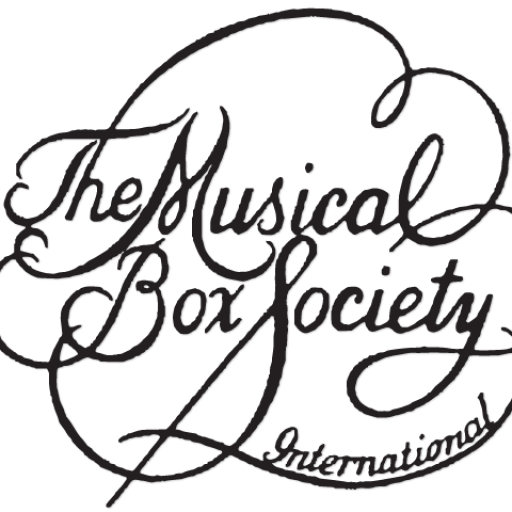Leipzig, Germany. The world’s largest manufacturer of automatic pianos and orchestrions, 1892-1930; made rolls for a few more years. Founded in 1892 when Ludwig Hupfeld took over J.M. Grob & Co. Eventually employed over 2,500 people in several factories, the largest including about one million square feet of floor space. Made Phonola push-up piano players and player pianos, Phonoliszt expression pianos, DEA and Triphonola reproducing pianos; Universal, Clavitist, Helios, Pan, Animatic, and Symphony Jazz orchestrions; Phonoliszt-Violina and Violina Orchestra violin players, among other instruments. Also made rolls for all of these instruments. Discontinued making automatic instruments circa 1930 and music rolls circa 1934. The company has continued to make hand-played pianos to the present.
Hooghuys, Louis
Grammont, Belgium. Beginning in 1880, made fairground organs, and later, dance organs. The factory closed in 1924 when Louis died, ending production of new organs. Louis had two sons, Edmond and Charles. Edmond restored and tuned organs until his death in 1963. Charles assembled and remodeled organs that had been left unfinished when Louis died, ending this work in the late 1930s. Charles’ son Romain restored organs and arranged music on a part-time basis until his death in 1985. Romain’s son Marc in Lissewege, Belgium, owns a Hooghuys organ, which he is restoring at the time this is being written.
Herschell-Spillman Company
North Tonawanda, NY. Made carousels and other amusement rides and equipment. Major seller of fairground organs, including Frati and other European brands before the early ‘teens, and then North Tonawanda Musical Instrument Works and Wurlitzer. Also, Armitage-Herschell, Spillman Engineering, and the Allan Herschell Company.
Herschell Company, Allan
See Herschell-Spillman Company.
Heizmann, Sigmund
Vöhrenbach, Germany. Made barrel organs and orchestrions during the late 19th century.
